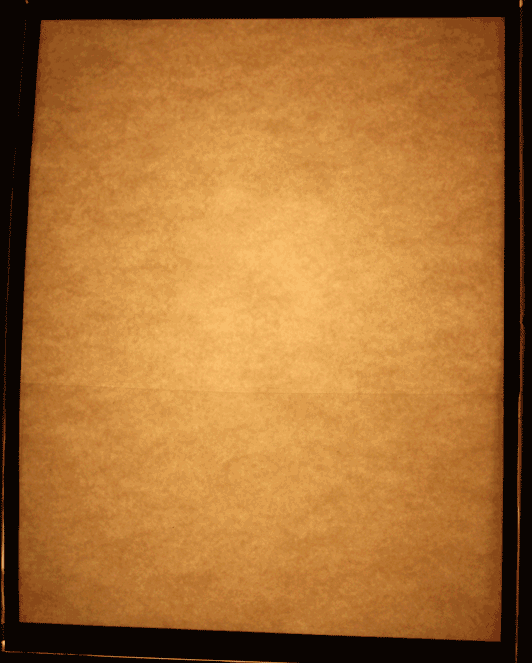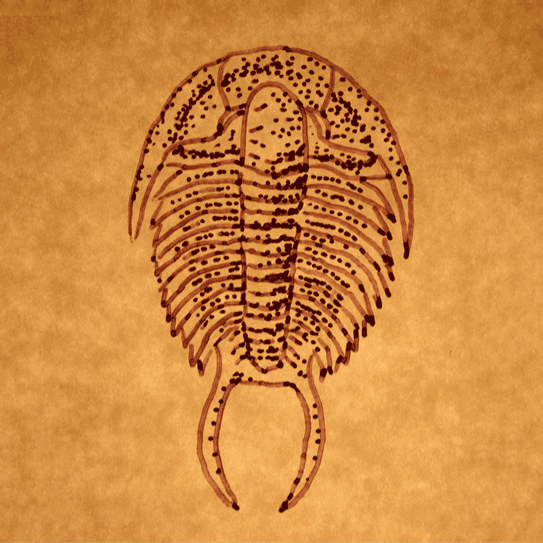2016 Best in Video/Audio – Abrielle Cacciaglia


The Light of Evolution
“Seen in the light of evolution, biology is, perhaps, intellectually the most satisfying and inspiring science. Without that light it becomes a pile of sundry facts some of them interesting or curious but making no meaningful picture as a whole.” Theodosius Dobzhansky
It did not take me long in the course of my science education to become dissatisfied with the clichés and simplicities used to explain the world around me. As I rapidly realized the inadequacy of my elementary knowledge, an insatiable hunger for a more complete understanding grew. For each question I could conceive, the answer would prompt further wonder and curiosity, creating an endless cycle of inquiry. The natural world that had, in my childhood, been defined by simple diagrams and straightforward trends was no more. Scientific notions could no longer be neatly summarized in a single textbook chapter. Each conclusion was riddled with uncertainties and open ends. The layers of intricacy seemed insurmountable. It was complex. Miraculous. Messy. I loved it.
A biology enthusiast at heart, I developed a special fondness for the marvel of evolution. That such a gradual, erosive force could affect such dramatic change in the composition of the living world is a wonder lost on no science lover. Seeing the phenomenon misconstrued, its grandeur lost in the simplicity of linear depictions and abbreviated time spans, was unacceptable. To misunderstand the details of evolution is to misunderstand the cohesion of the natural world and the intimate connections humans share with it. In biology, as in many fields, it is only by piecing together each of the many small wonders that one can come to fully appreciate the larger truths.
The above quoted geneticist and evolutionary biologist Theodosius Dobzhanksy is well known for his essay “Nothing in Biology Makes Sense Except in the Light of Evolution”, a phrase which became the inspiration for this work. Using the foundation of a simple light box, a series of transparencies come alive to portray the illuminating quality of evolution. Alone, each sheet depicts a single ancient species, their respective time periods encompassing the scope of Earth’s living history. But when the images are taken together, layered on top of one another, a different image assembles: that of the human form. Whether the simplest of prokaryotic cells, the first tetrapod to venture onto land, or the early primates from which man’s most distinctive features sprang, each ancient creature shown is integral to the course of human history. Only when taken together can the final product be viewed in full and the illuminating quality of evolution portrayed to the viewer.
